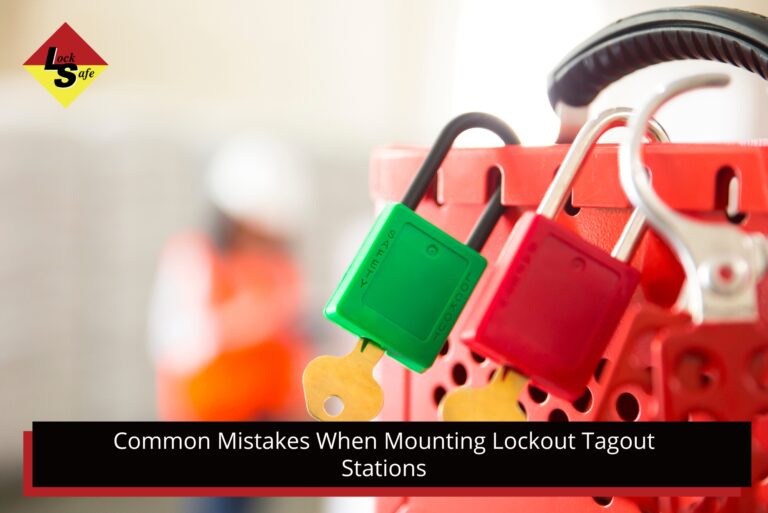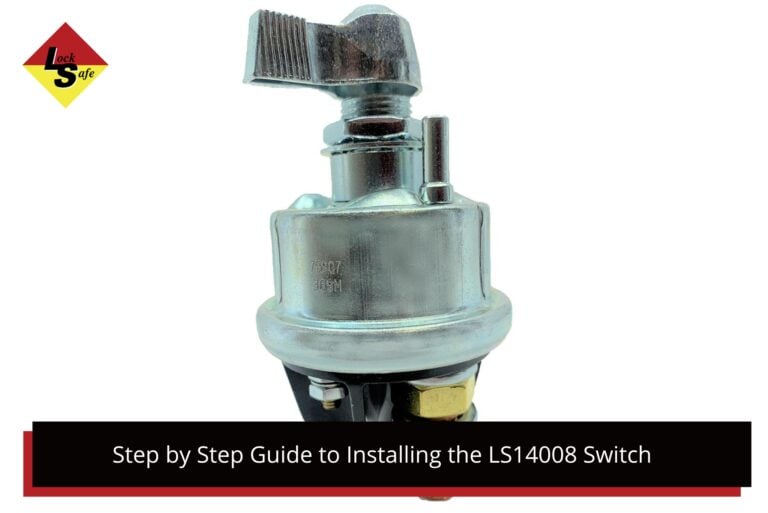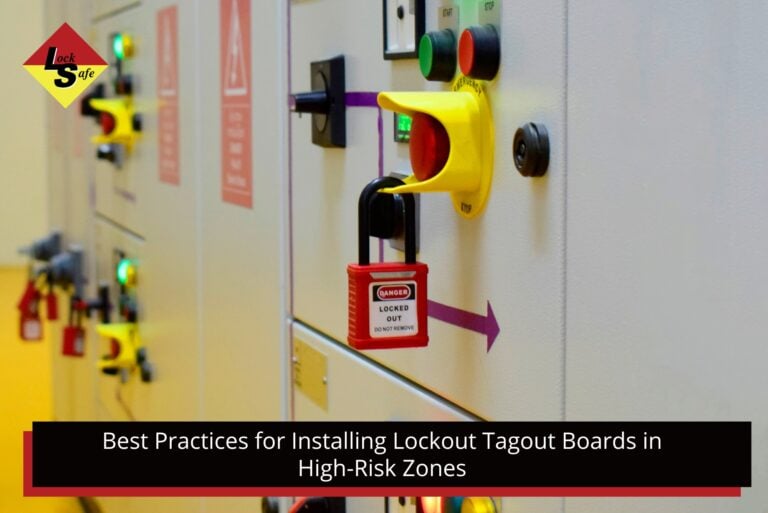Lockout tagout (LOTO) is a critical part of workplace safety. It protects workers from unexpected energy release while they carry out maintenance or repair work. A key tool in this process is the lockout hasp.
But how many workers can lock a single hasp at the same time? Let’s take a closer look.

What is a Lockout Hasp?
A lockout hasp is a simple but effective device used to keep equipment in a de-energised state. It works by allowing multiple padlocks to be attached to a single isolation point. This means a machine or piece of equipment can’t be restarted until all locks have been removed.
The hasp is usually made of durable steel or aluminium, with a scissor-like design that clamps onto the energy isolation point. Once the hasp is in place, each worker attaches their own padlock to it.
How Many Locks Can Fit?
Most standard lockout hasps have space for up to six padlocks. This setup allows six workers to secure their individual locks to the same hasp, each taking full control of their own safety.
Every worker uses a personal lock with a unique key or combination. This way, no one can remove another person’s lock or start the machine until all locks are taken off.
What If You Have More Than Six Workers?
When a job requires more than six workers to lock out the same piece of equipment, you can easily add extra hasps. By linking them together, you can create enough locking points for larger teams.
This flexibility makes hasps a reliable choice for both small maintenance tasks and larger shutdowns involving multiple trades and contractors.
Why Is It Important for Each Worker to Use Their Own Lock?
Using individual locks ensures that each person is responsible for their own safety. No one else can remove their lock, which means the equipment can’t be restarted while someone is still working.
This personal control is a core principle of lockout tagout. It helps prevent serious injuries and gives workers peace of mind that they won’t be put at risk by someone else’s actions.
Choosing the Right Hasp for the Job
Hasps come in different sizes and materials to suit various working environments. When choosing a hasp, consider factors like the number of workers involved, the type of equipment, and the conditions (for example, outdoor or corrosive environments).
Some hasps also include extra safety features, such as non-conductive coatings or high-visibility tags, to further reduce risks.
Lockout Tagout Guidance from SafeWork NSW
In New South Wales, SafeWork NSW provides several resources and case studies that highlight what can go wrong when safety measures are not followed and how good practices can prevent serious injuries.
SafeWork NSW has a detailed factsheet on isolating plant and machinery. This guide explains how to identify all energy sources and isolate them before any maintenance or repair work. It also shows the correct use of lockout devices like hasps, which allow several workers to attach their personal padlocks to one isolation point.
Each worker stays protected until they personally remove their lock. This reduces the chance of someone accidentally starting equipment while another worker is still in a dangerous position.
You can find the factsheet here: SafeWork NSW Factsheet on Isolation of Plant
Incident Animations
SafeWork NSW has created a series of short animations that show real incidents in workplaces across the state. These videos help people understand the serious outcomes of poor safety practices.
While not every video focuses only on lockout tagout, many highlight the importance of isolating equipment properly and following safe systems of work.
You can watch these animations here: SafeWork NSW Incident Animations
Incident Information Releases
SafeWork NSW also publishes incident information releases after serious workplace incidents. These documents describe what happened, identify what went wrong, and provide guidance on how to avoid similar situations.
They are a valuable resource for reviewing risks and improving safety procedures, including LOTO.
You can explore these releases here: Incident Information Releases

Supporting a Strong Safety Culture
Lockout tagout systems, including the proper use of hasps, play a big role in building a strong safety culture at work. By making sure every worker can lock out equipment securely, you show that safety is a shared responsibility and a top priority.
If you’d like advice on selecting lockout devices or improving your current LOTO procedures, our team is here to help. Contact us today to discuss how we can support your workplace safety goals.













